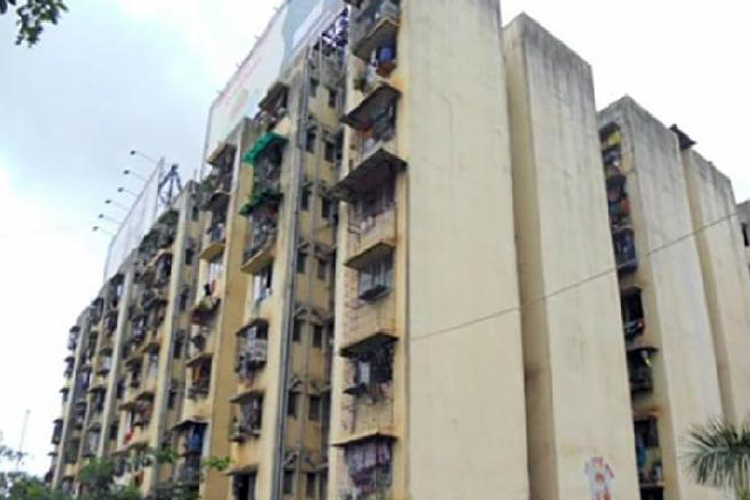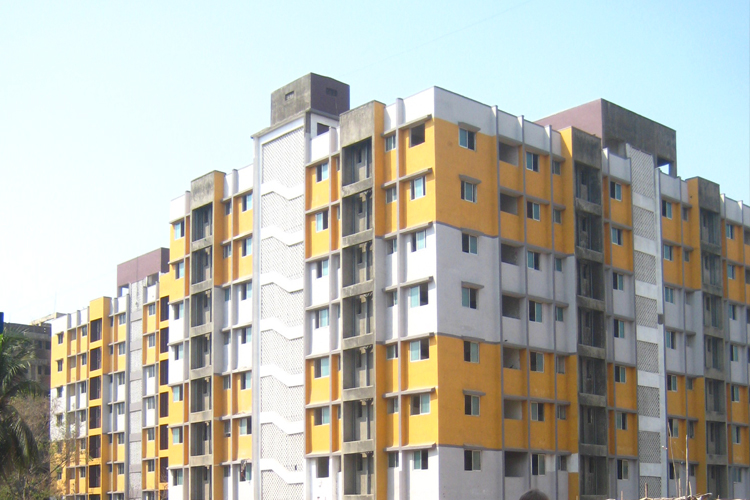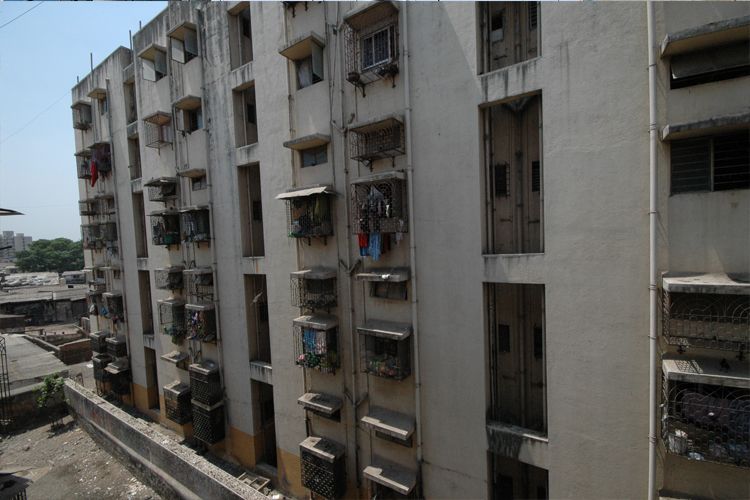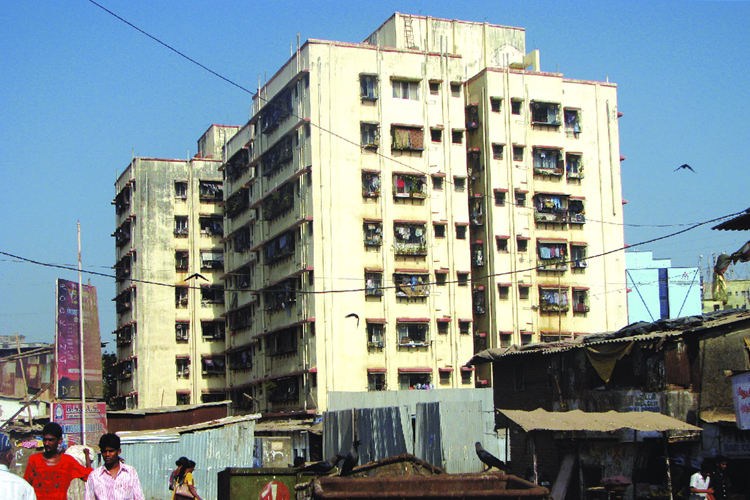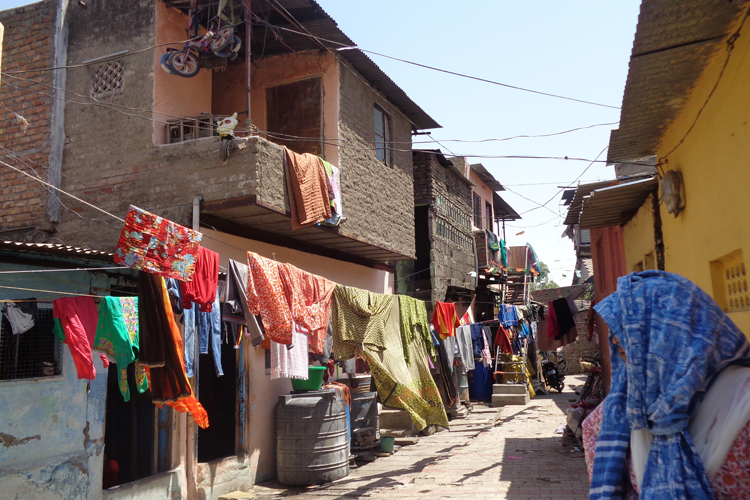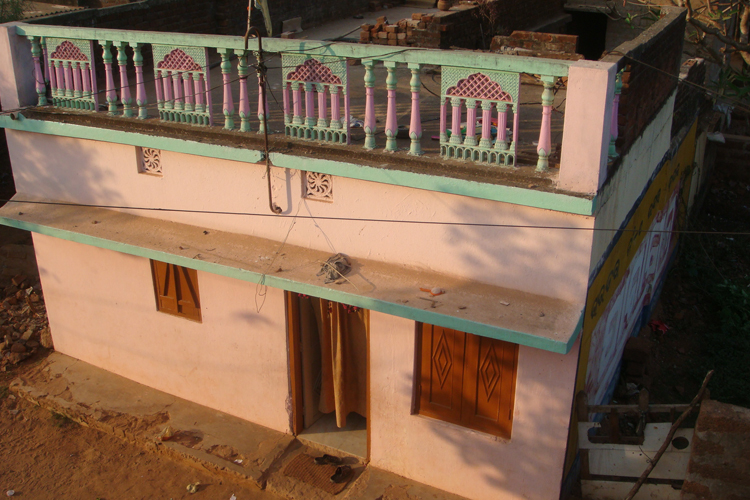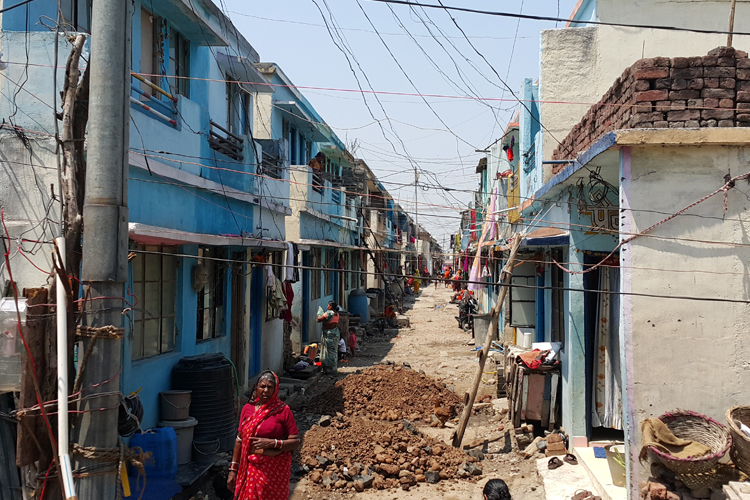The housing projects that emerge from demands by federations linked to National Slum Dwellers' Federation (NSDF) and Mahila Milan are of three main types.
A. Market Financed Housing Projects -
that use market subsidy projects that are a part of a subsidy initiative by the Government, or Market financed housing where project costs are recovered through a sale component or Transfer of Development Rights. These are either in-situ or relocation projects.
B. Subsidized Housing projects -
Projects where a government subsidy program seeks to upgrade the housing stock of slum dwellers. 90% subsidy is primary finance provided by the Government (central, state, city) and 10% Community Contribution.
C. Loans provided for individual upgrading of houses -
Collective Loan to MM groups that select households with a history of savings to disburse individual loans. SSNS/SPARC Revolving Funds are given as collective loan. 1% interest is charged per month.
